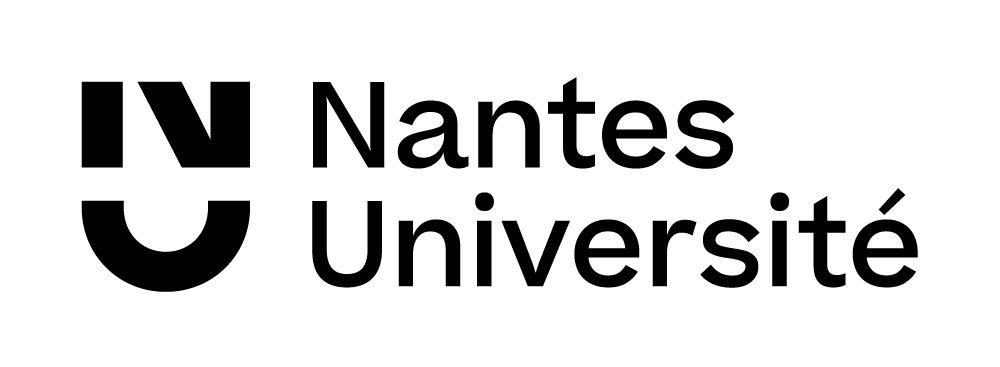Background
By setting a target of 5.2 to 6.2 GW for bottom‐fixed and floating offshore wind energy by 2028 (Decree n°2020‐456 of 21 April 2020), the multiannual energy program (PPE) specifies France’s ambition in terms of the development of marine renewable energy (MRE). To achieve this target, the provisional timetable even provides for annual calls for tenders of about 1,000 MW per year between 2020 and 2028. This ambition had already been affirmed in the National Strategy for the Sea and the Coast (2017) from which the “documents stratégiques de façade” (DSFs) are to be finalised in 2021 and valid for a six years period. The resulting “cartes des vocations” are therefore the result of a long multi‐partnership process providing for preferential locations for the development of MRE. These documents now form the basis for wind energy projects, each of which is then the subject of public debates organised under the aegis of the National Commission for Public Debate. Both during the elaboration of the DSFs and the public debates, obstacles appear in terms of the social licence for MRE, especially concerning the landscape and land’s value issues brought by the residents of the seafront near the wind parks, but also concerning fisheries. Although fisheries remain a factor of socio‐economic balance for many coastal territories, it also carries a strong historical, cultural and identity‐related burden. The development of MRE takes place in a context that is already complicated due to internal (e.g., fisheries regulations) and external (e.g., marine protected areas, Brexit) factors. However, there is a lack of available data to assess the effects of the various spatial constraints on fisheries, in particular for the clear majority of vessels under 12 m (i.e., three‐quarters of the fleet in mainland France). Also, the mobile and variable nature of fisheries makes them a complex subject that is highly sensitive to the technical choices of data processing and mapping.
This is why, since 2020, seven observatories led by fishers representatives (Regional and Departmental Fisheries Committees) have been producing spatial data on fishing activities on a declarative and voluntary basis every year, via the GIS VALPENA. The level of coverage of the surveys is close to 80% of the fleet on average and, by the end of 2020, more than 10,000 surveys have already been carried out. Indicators have also been developed to provide a framework for data processing, and 135 surveys have been carried out by the Fisheries Committees using these data, about a third of which are directly related to MRE.
In the coming years, given the ambition reflected in the PPE and the challenges facing the fisheries sector, the need for this kind of data will undoubtedly continue to grow.
Scientific advances and innovation
The Data-Map project led by the LETG laboratory
In order to secure and support the development of MRE that is attentive to the challenges of fisheries, and thus to overcome the reluctance of the fisheries sector, it therefore seems necessary to undertake in‐depth work according to four axis within the Data-Map project:
- developing the capacity to process “fisheries” data,
- analysing the modes of cartographic representation of “fisheries” data,
- clearing up the issue of the accumulation of spatial restriction measures imposed on fisheries and
- enriching the mapping by taking into account qualitative variables.
- Understanding the Spatial Dynamics of Fisheries
There are many data sources dealing with fisheries. Among this eclectic panel of data, two data sources were chosen in order to study the spatial dynamism of fisheries: VALPENA data and VMS data.
Spatial data on fishing activities VALPENA, a project to assess fishing practices with regard to new activities carried out by fishermen’s representatives, are produced each year on a declarative and voluntary basis. The satellite data comes from the VMS system (Vessel monitoring system) and comes from a ship monitoring system.
Thus, DATA-MAP aims to combine survey data (VALPENA) and satellite data (VMS), with the aim of finely representing fishing areas.
However, both data sources each have limitations, which should be understood before combining. For example, VMS data only takes into account boats over twelve meters (except in certain special cases), which only concerns part of the French metropolitan fleet. On the other hand, VALPENA data, being survey data, may contain uncertainties. These two types of data can therefore complement each other on several points, which would allow us to obtain fisheries maps illustrating more realistically the dynamism of fisheries.
- Analyze the modes of cartographic representation of “fishery” data
Before representing the combination of the two types of data, we will carry out a state of the art of the methods of representing fisheries. This state of the art should make an inventory of existing representation methods on fisheries.
Thus, the critical study of existing representation methods (mapping) and different types of data (GIS), will allow us to develop a reflection and a methodology. Indeed, if the methods of representing fisheries are currently limited, each map maintains a different objective, which determines the data set and the metrics used.
Using these critical observations, we will develop a method of representation that we will test, with the aim of representing the fisheries as faithfully as possible, according to the objectives set.
- Creation of scenarios
By taking into account the scale, the two types of data and their temporality, the objective is to build cartographic hypotheses representing the relationships between fishing and MREs. Based on the different MRE life phases (construction, operation and decommissioning), the representation of the scenarios will be adapted to show the specific effects of each MRE life phase and its relationship to fisheries.
Expected technical and economic impact
The results of the Data-Map project will make it possible to consolidate the “Avoid-Reduce-Compensate” (ARC) sequence, in particular to strengthen the analysis of socio-economic impacts.
Key project milestones
- September 2021 - Start of the project
- October 2024 - End of the project









